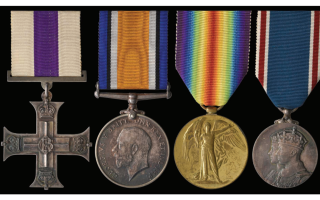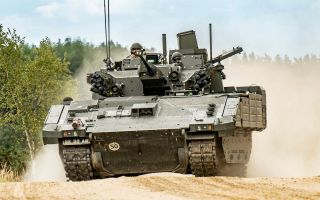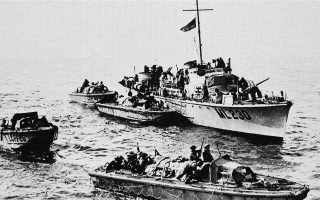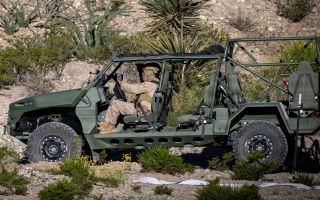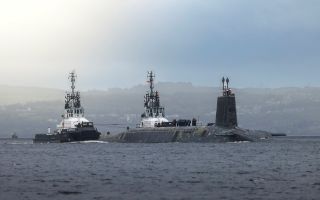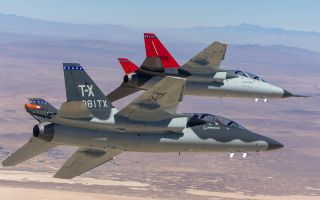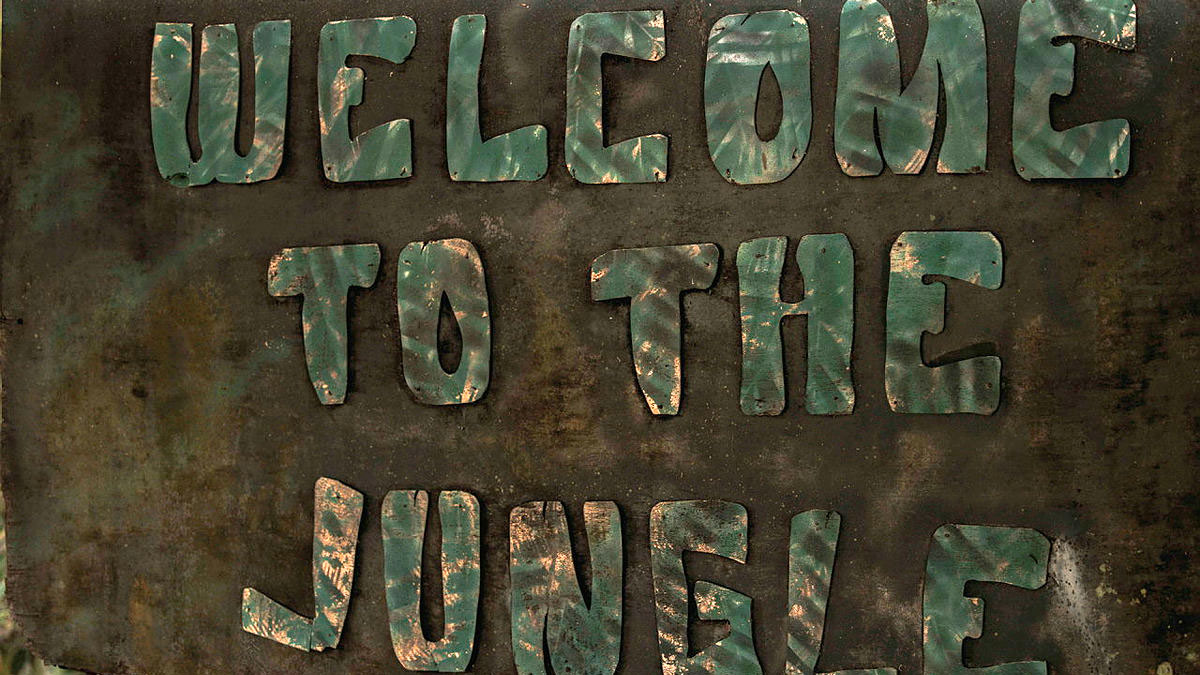
Welcome to the Jungle: Comparing jungle warfare uniforms from VJ Day to now

The jungle presents one of the harshest environments for military personnel, making camouflage uniforms essential for survival because, if you're not seen, you can't be attacked.
Since Victory Over Japan Day (VJ Day), jungle warfare uniforms have evolved significantly due to advancements in technology, improving the comfort and functionality for troops in tropical climates.
Jungle warfare is intense; the oppressive heat and humidity, along with dangerous insects and wildlife, pose additional challenges, plus troops often cover only a few hundred metres a day before needing to rest due to exhaustion.
Over the past 80 years, military uniforms have adapted to better suit the complexities of jungle warfare, enhancing soldiers' effectiveness.
UK jungle warfare uniforms: 1945 vs today
Once soldiers started operating in the jungle during the Second World War, it was discovered that khaki drill uniforms designed for the heat of deserts were not suitable as they didn't provide camouflage in the dense foliage and the shorts left legs at risk of insect bites and leeches.
In response, a new uniform was designed using jungle green aertex, a material that promotes airflow within the fabric – particularly useful when temperatures can exceed 35°.
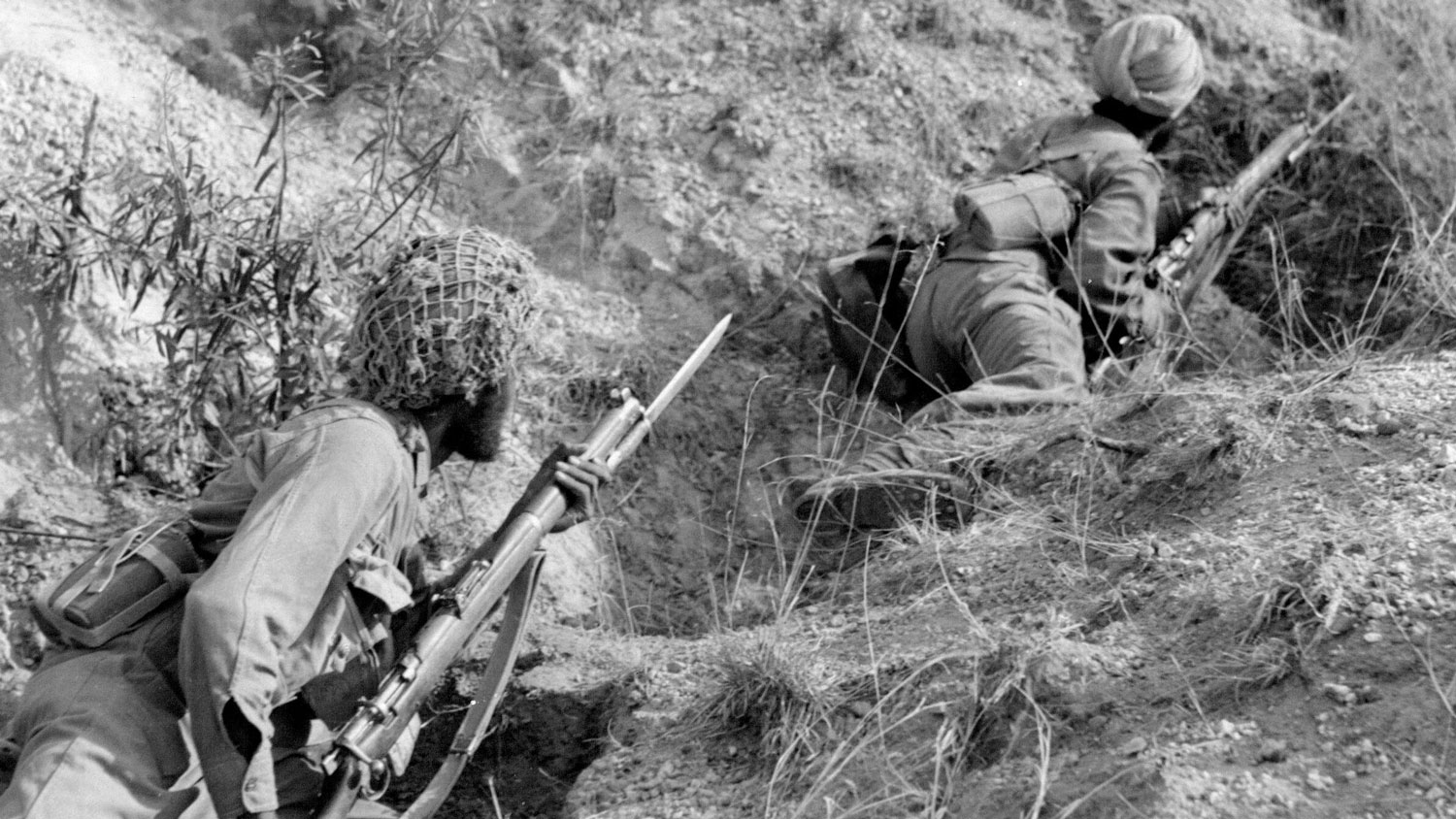
This material later became popular in sportswear and was worn by the England team that won the 1966 World Cup.
While the new aertex shirt was an improvement over the standard tropical khaki drill uniform, it had a downside.
The lightweight fabric would not remain in place, leaving the soldier's waist exposed to the elements and their kit.
To address this problem, an aertex bush jacket was created.
Fast forward to today and UK jungle warfare uniforms have evolved significantly.
Modern versions use technologically advanced materials such as Gore-Tex and ripstop fabric, which improve breathability, comfort and longevity.
The UK's Armed Forces' camouflage – Multi-Terrain Pattern (MTP) – was designed to adapt to various environments, including tropical jungles.
Additionally, soldiers wear a wide-brimmed hat, anti-microbial underwear and carry with them a daytime and carefully protected dry night-time kit for sleeping in.
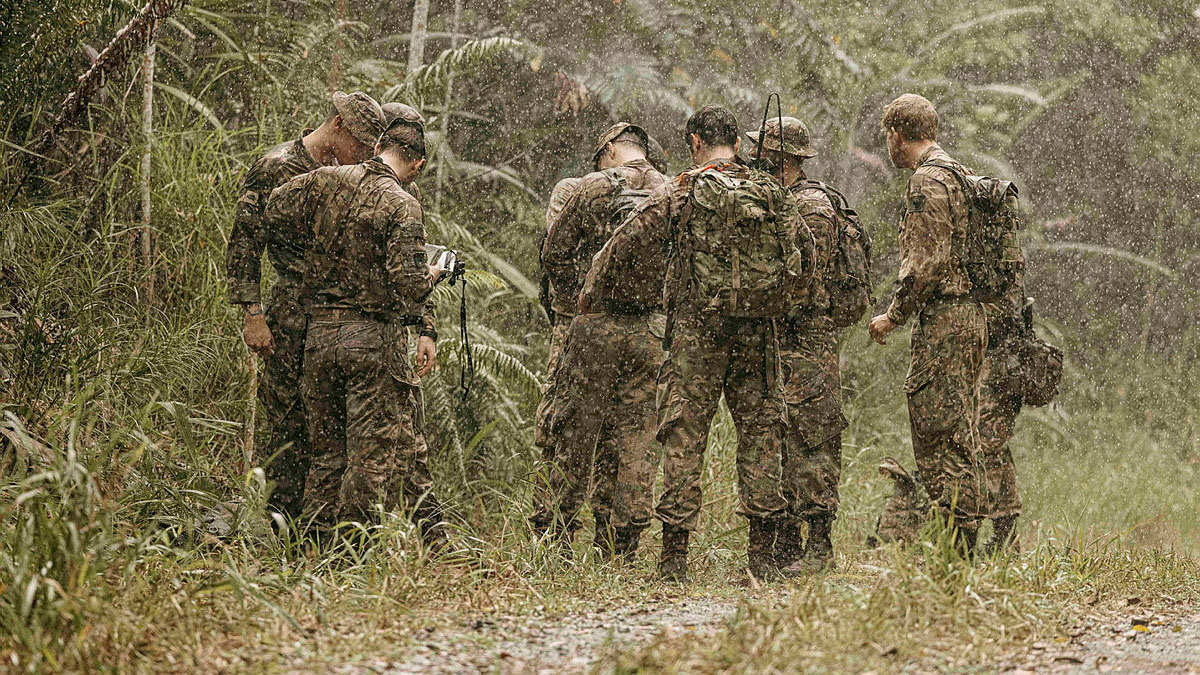
USA jungle warfare uniforms: 1945 vs today
The USA's first use of camouflage pattern material was during the Second World War.
A reversible 'frog skin pattern', one-piece jungle suit was developed in August 1942 for US troops that, on one side, was a dappled five-colour green tone for jungle environments and, when reversed, was a three-colour tan tone for sandy environments such as the desert or a beach landing.
Distinctive herringbone twill material was used for jackets and trousers because it was cooler and lightweight.
However, they weren't as functional as modern military uniforms, as they lacked essentials like pockets and clips for attachments.
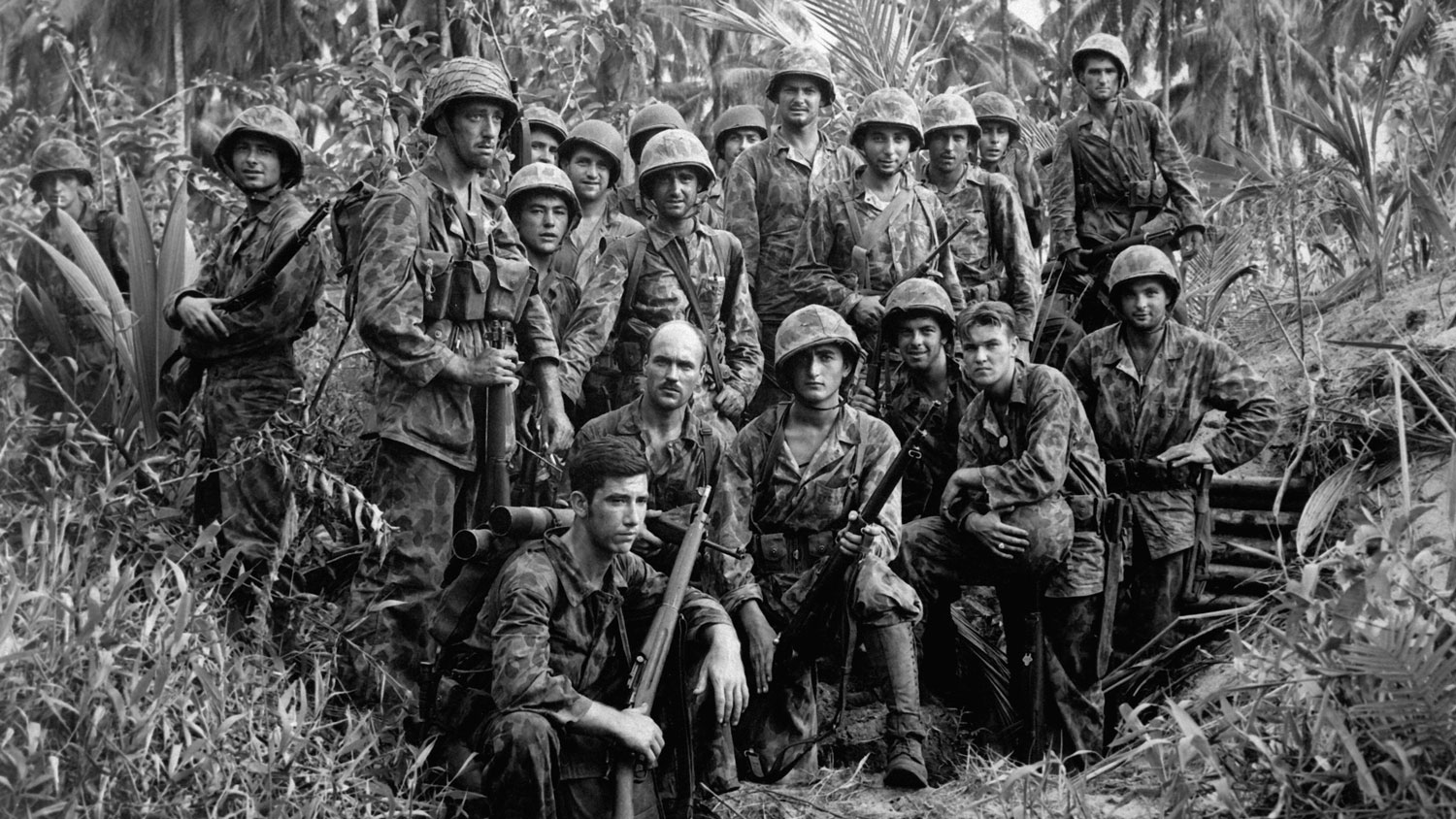
Today's US jungle warfare uniforms are made from high-tech fabrics, featuring improved moisture management and quick-drying properties.
The US Army changed its camo to the Operational Camouflage Pattern in July 2015.
It is designed to blend in with all scenarios a soldier might face, including dense jungle environments.
The uniform's current design includes reinforced knees and elbows, pockets for kit and adjustable ventilation, making them far more practical than those of the past.
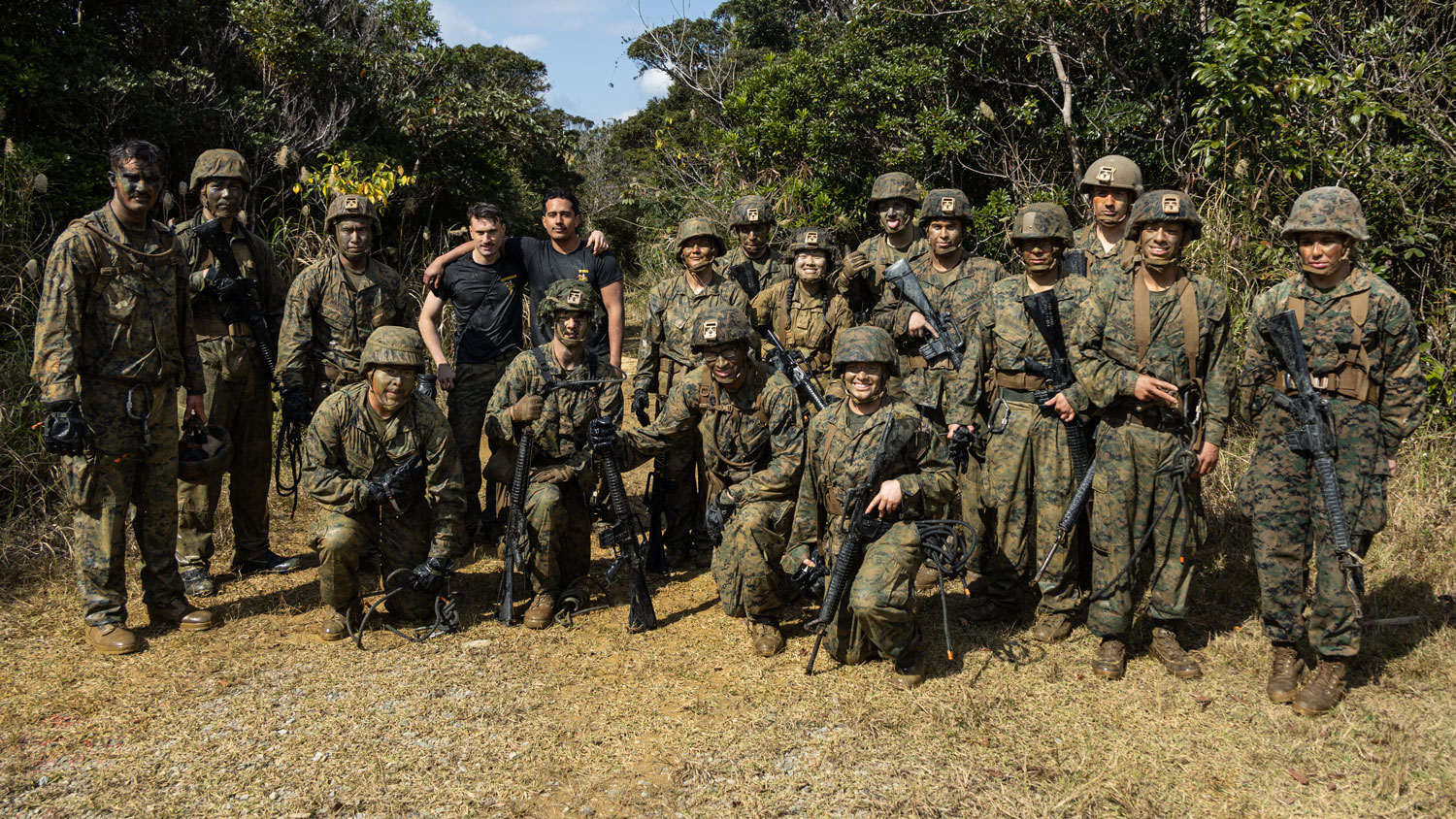
Japanese jungle warfare uniforms: 1945 vs today
In 1945, Japanese forces stationed in Burma wore khaki or olive-green uniforms made primarily from cotton.
The design was relatively simple, often consisting of jackets and trousers that were suited for the humid climate and were practical for close-quarter combat in dense jungle settings.
In contrast, modern Japanese Self-Defence Force uniforms have undergone significant improvements.
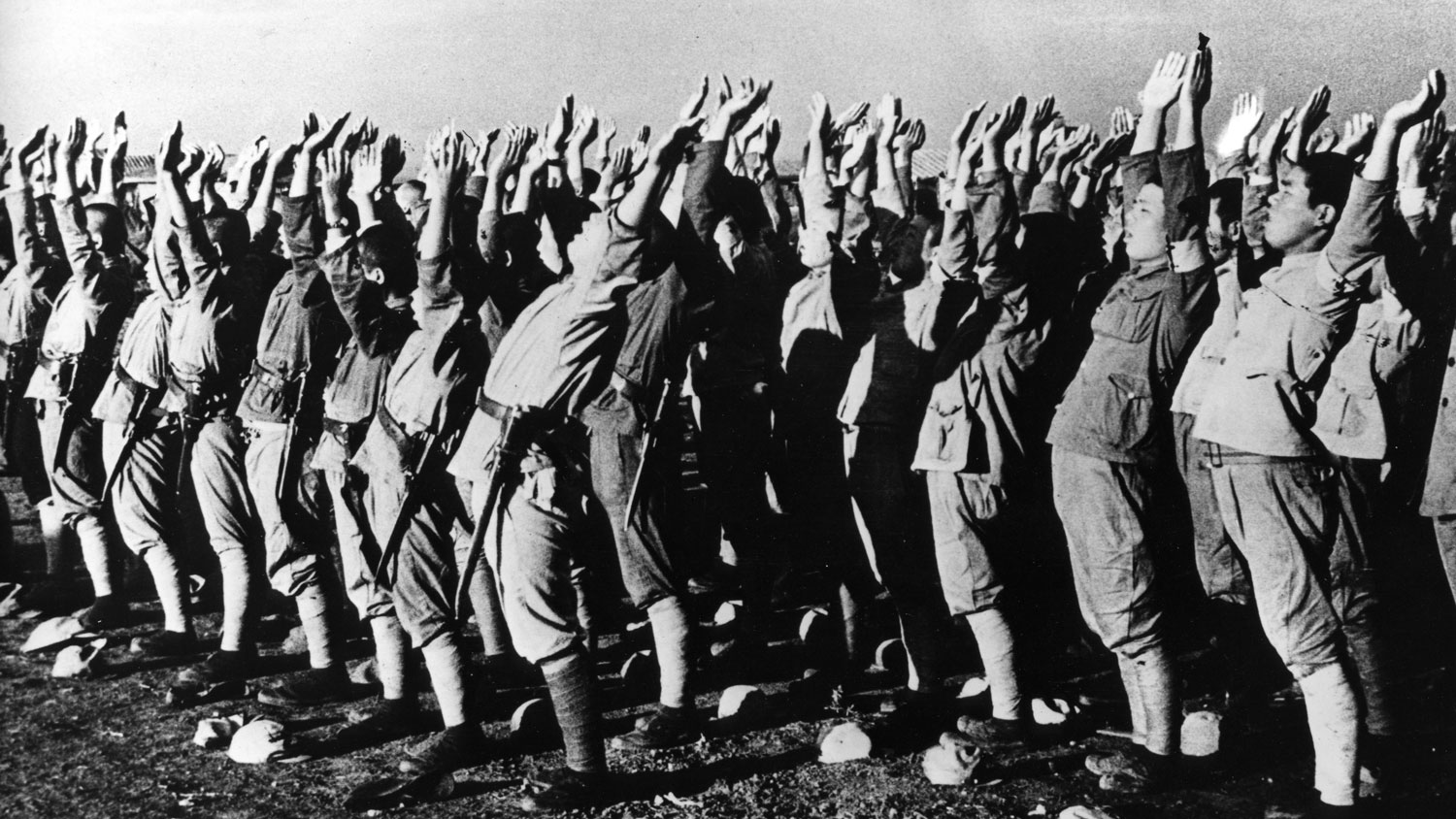
Today, they are made from high-performance materials that offer waterproofing and breathability, alongside updated camouflage patterns that suit various environments.
The current uniforms also prioritise functionality, including modular designs allowing for the addition of tactical gear.
The power of innovation
The evolution of jungle warfare uniforms from 1945 to today demonstrates significant advancements in technology and a focus on what helps the service member be the best of the best.
Each military has adapted its uniform to better suit the challenging conditions of jungle environments, ensuring its personnel are equipped for modern-day combat scenarios.


